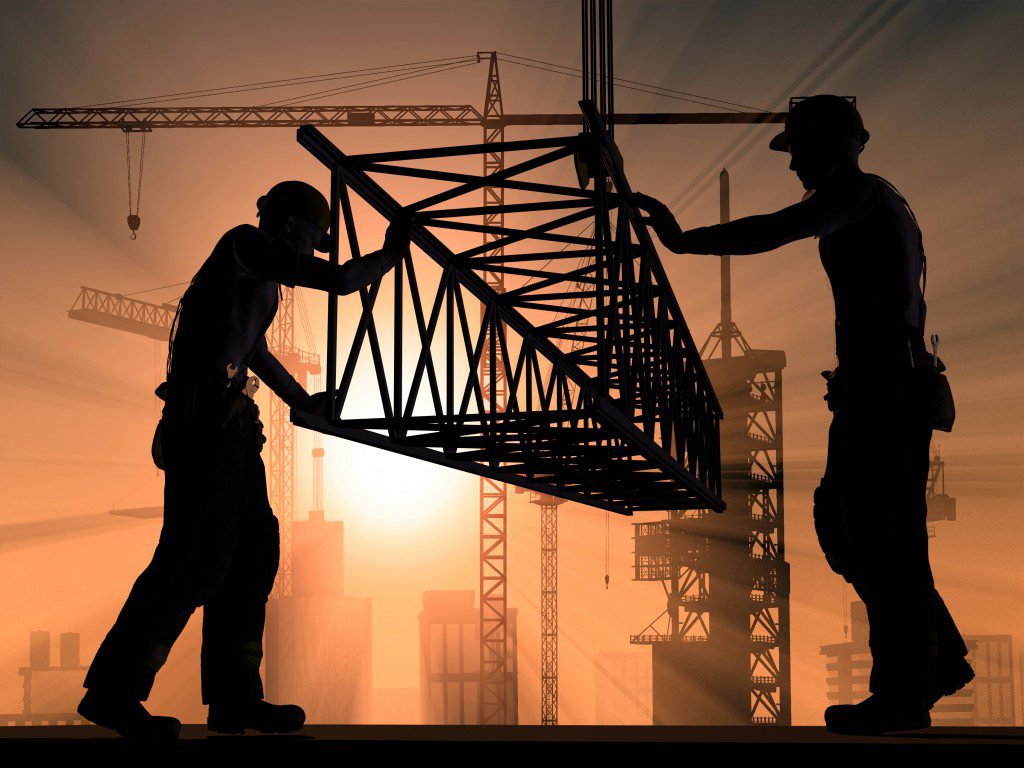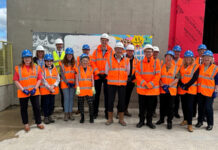
There is a growing fear over future work prospects among employers in the Scottish construction industry, the latest Scottish Construction Monitor survey has found.
The quarterly survey of the membership of the Scottish Building Federation, which represents hundreds of building companies across the country, asks employers to rate how confident they feel about the prospects of their business for the year ahead compared to the past 12 months.
For three consecutive quarters the industry’s confidence was rated marginally positive at PLUS 2. However, this has fallen into negative territory this quarter to MINUS 5.
Employers highlighted growing fears over the future pipeline of new work as a potential explanation for the fall in confidence. As major projects such as the Queensferry Crossing and the Aberdeen Western Peripheral Route come to an end, employers are concerned that the industry “will suffer a major contraction due to an apparent shortage of other work to fill the gap”.
Official statistics show strong output across many sectors over the year to March 2017. However, major infrastructure projects are contributing just under £3 billion to overall output, more than 20% of the total. By comparison, the infrastructure sector contributed less than £1 billion of industry output during the 12 months to March 2007 – the equivalent of 8% of total industry output.
The housing sector contributed 19% of total industry output during the year to March 2017. Its contribution in 2006/07 was more than 25%. Output from the private commercial sector has fallen from 25% in 2006/07 to 18% in 2016/17.
Scottish Building Federation president and managing director of Orkney Builders, Stephen Kemp, said the industry could “suffer a real shock” as infrastructure work dries up over the next year.
“Many building employers are increasingly nervous about the future prospects for our industry. There is a feeling that the underlying fundamentals of the industry are not nearly as strong as record output figures might suggest. We know that a period of record output from major infrastructure projects such as the AWPR and the Queensferry Crossing is about to come to an end. Strip away those numbers and the performance of other key sectors of the industry such as housing and private commercial don’t look that strong.
“As that infrastructure work dries up over the next year or so, we could see the industry suffer a real shock. Levels of industry employment, which have been very slowly recovering, could slip into reverse. I think that is what SBF members are now worried about – hence the reason why industry confidence has declined.
“In reality, the local community and economic benefits provided by these large infrastructure projects are limited. To ensure the long term health of the construction industry and the wider Scottish economy, the Scottish Government now needs to focus on supporting smaller scale projects throughout Scotland. Such a strategy will help to sustain building SMEs that are the real drivers of employment and economic added value in Scottish construction. Without this, we could be facing a cliff edge that tips the industry – and the wider Scottish economy – into recession.”
William Gray, managing director of William Gray Construction Ltd and director of the Scottish Building Federation, added, “The long term trend in employment in Scottish construction has been downward. Here in the Highlands, we’ve seen the local industry workforce drop from almost 11,000 in 2006 to around 6,700 last year. More recently, we have seen industry employment showing some modest signs of recovery. But there has definitely been an over-reliance on major infrastructure projects to sustain the industry.
“We need to see support and investment for housing and commercial projects. Streamlining the planning and building control process would help, as would increasing staffing so they can make decisions more quickly. One solution would be to change the rules so rates don’t need to be paid on new industrial buildings until they actually have a tenant, as speculative building is now at an almost complete halt.”












